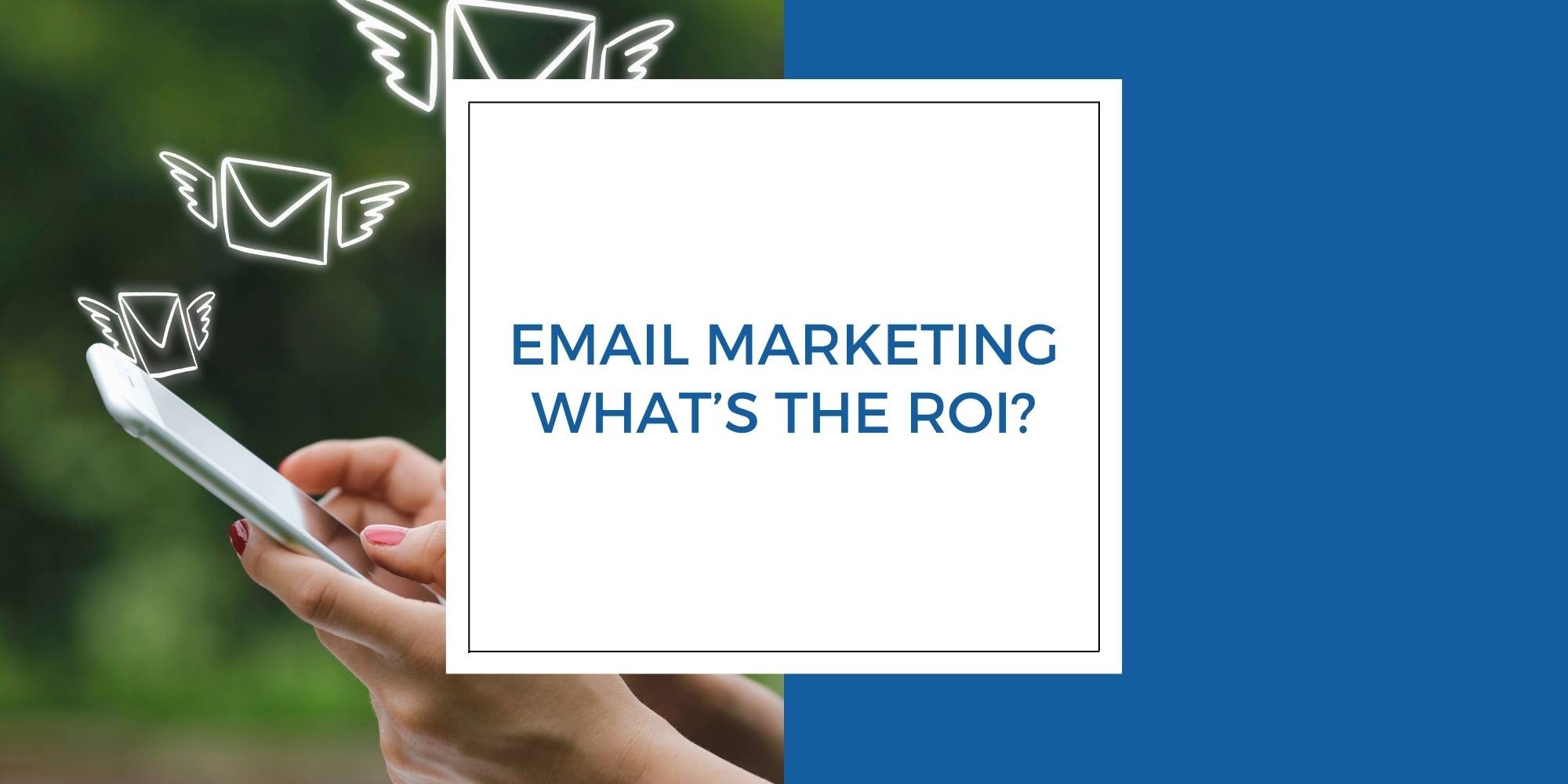

Email marketing has long been a powerful tool for businesses to connect with their audience, nurture leads, and drive conversions. Yet, when
it comes to evaluating the success of email marketing, many businesses wonder about the Return on Investment (ROI). In this blog, we will
explore what ROI means in the context of email marketing, why it's essential, and how to measure and improve it.
Understanding ROI in Email Marketing
ROI (Return on Investment) is a metric that helps businesses assess the profitability of their investments, in this case, email marketing campaigns. It provides insight into the returns generated compared to the costs incurred in executing these campaigns. Calculating ROI allows you to determine if your email marketing efforts are providing a positive financial outcome or if there's room for improvement.
Why ROI Matters in Email Marketing
Measuring Email Marketing ROI
To calculate your email marketing ROI, you need to consider both your costs and returns.
Returns: Returns refer to the revenue generated as a direct result of your email marketing campaigns. This can include sales, lead generation, website visits, or any other action you aim to achieve.
Costs: Costs encompass all expenses related to your email marketing activities, such as email marketing platform fees, email design and copy costs, and labor involved in campaign creation and management.
The formula for calculating ROI is:
ROI = [(Returns - Costs) / Costs] x 100
For example, if an email marketing campaign generates $5,000 in revenue (Returns) and the total costs associated with the campaign are $2,000 (Costs), the ROI calculation would look like this:
ROI = [($5,000 - $2,000) / $2,000] x 100
ROI = ($3,000 / $2,000) x 100
ROI = 1.5 x 100
ROI = 150%
In this scenario, the ROI for the email marketing campaign would be 150%, indicating that for every $1 invested in the campaign, the business earned $1.50 in return. A positive ROI, such as this example, suggests that the investment is profitable and generates a financial gain. Conversely, a negative ROI would indicate that the investment resulted in a loss.
Understanding and calculating ROI is essential for businesses to make informed decisions, allocate budgets effectively, evaluate performance, and identify opportunities for improvement in their marketing and investment strategies.
Improving Email Marketing ROI
Here are some strategies to enhance the ROI of your email marketing efforts:
In conclusion, calculating and improving the ROI of your email marketing is critical to the success of your campaigns. It helps you allocate resources effectively, evaluate performance, and drive profitability. By following best practices and continually refining your email strategies, you can enhance your email marketing ROI and achieve your business goals.
Altitude Business Solutions are committed to helping Small Business Owners navigate their way through growing their business. Helping them assess where there are issues and providing the recourses and contacts to give Altitude to their business

Unlocking the SEO power of hidden website weapons? Page descriptions are your secret weapon! This blog dives into how to craft compelling descriptions that make your website stand out in search results. Learn how to use keywords naturally, highlight benefits, keep it short, and sneak in CTAs. Plus, discover a free Chrome extension to check your descriptions and transform them from snoozefest to click magnets!
.jpg)
Worried about Australian email spam laws hindering your marketing efforts? Fear not! This blog explores common anxieties and clarifies the regulations. Learn how to build a permission-based email list legally, including strategies like offering valuable content and leveraging social media. Discover tips for crafting targeted messages, mobile optimization, and effective tracking to maximize your email marketing success, all while adhering to the Australian Spam Act.

Crafting subject lines that get noticed can feel like a battle. Ditch the spammy tactics and learn how to write compelling lines that spark curiosity, highlight benefits, and entice readers to open your emails. Discover techniques for A/B testing and avoiding spam triggers to ensure your emails land in the inboxes, not the junk folder.
Leave a Comment